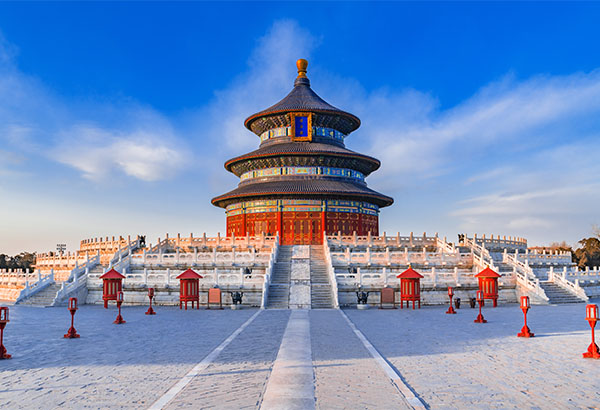Martin Lau, managing partner and lead portfolio manager of the FSSA China Growth strategy, shares his reflections on the past three decades of investing in China markets.
When I joined the firm in 2002, FSSA Investment Managers, known as First State Investments back then, managed USD 2bn of assets and I was the only employee in Hong Kong. Having worked at a larger asset management firm, I joined a smaller company so that I could have room to develop my own investment beliefs and build a team. I shared a similar philosophy with the founding partner Angus Tulloch – we were both focused on being long-term, bottom-up, and seeking quality companies. At the time, this was unique in Asia’s asset management industry.
From humble beginnings, today FSSA has a team of over 30 people and USD 30bn under management (as at the end of December 2022). The FSSA China Growth strategy has gone from USD 3m in assets when I first joined, to USD 3bn today, a thousand-fold increase in 20 years. While hard work certainly played a role, we were also in the right place at the right time – in the midst of China’s accelerating economic development, its opening up to the rest of the world and the move toward market reforms.
The evolution of China’s stock market
The first Chinese stocks were listed in Hong Kong as H-shares during the early 1990s. We did not expect that 30 years later, China would become the world’s second-largest stock market.
I witnessed up close the gradual privatisation and listing of China’s economy, which was comprised of mostly state-owned enterprises (SOEs). China Mobile was listed in 1997 and was the first Chinese initial public offering (IPO) to make global headlines. This was followed by other sectors like energy and financials, and more recently internet and biotech. While the government retained significant ownership and control in these listed SOEs, most industries now have large public shareholdings and are run more commercially. As the economy liberalised and moved from being state-controlled and centrally planned, privately-owned companies were also able to develop and play a bigger role.
In the 1990s, China’s stock market was rather primitive, with most of the shares being non-tradable or over-the-counter. It was difficult to create a China portfolio as an offshore investor, as A-shares were not accessible and a handful of B-shares and H-shares were the only securities available. Some of our early portfolio holdings included Goldlion, a popular menswear brand owned by a Hong Kong entrepreneur. Another company was First Sign, which owned Montague, a French silkware brand. We sometimes had to argue about whether something could be categorised as a “China stock” to include it in our China portfolio.
Besides having fairly obscure companies, the market felt like a black box. Analyst coverage was practically non-existent, and our internal research was rather rudimentary. We did not have the internet or other digital tools like we have today. Instead, we would read the newspapers and as companies announced results, we would enter the numbers into a spreadsheet before conducting our analysis.
Now we have channels like the Qualified Foreign Institutional Investor (QFII) licensing program and Stock Connect, and can access a universe of more than 4,000 A-shares and 1,000 offshore listings. Our watch-list has around 250 Chinese stocks which we consider to be decent quality with good management, and we own around 100 of them. But some things from back then remain unchanged today, like our frequent meetings with company management and the lively team debates where we challenge each other’s views.







